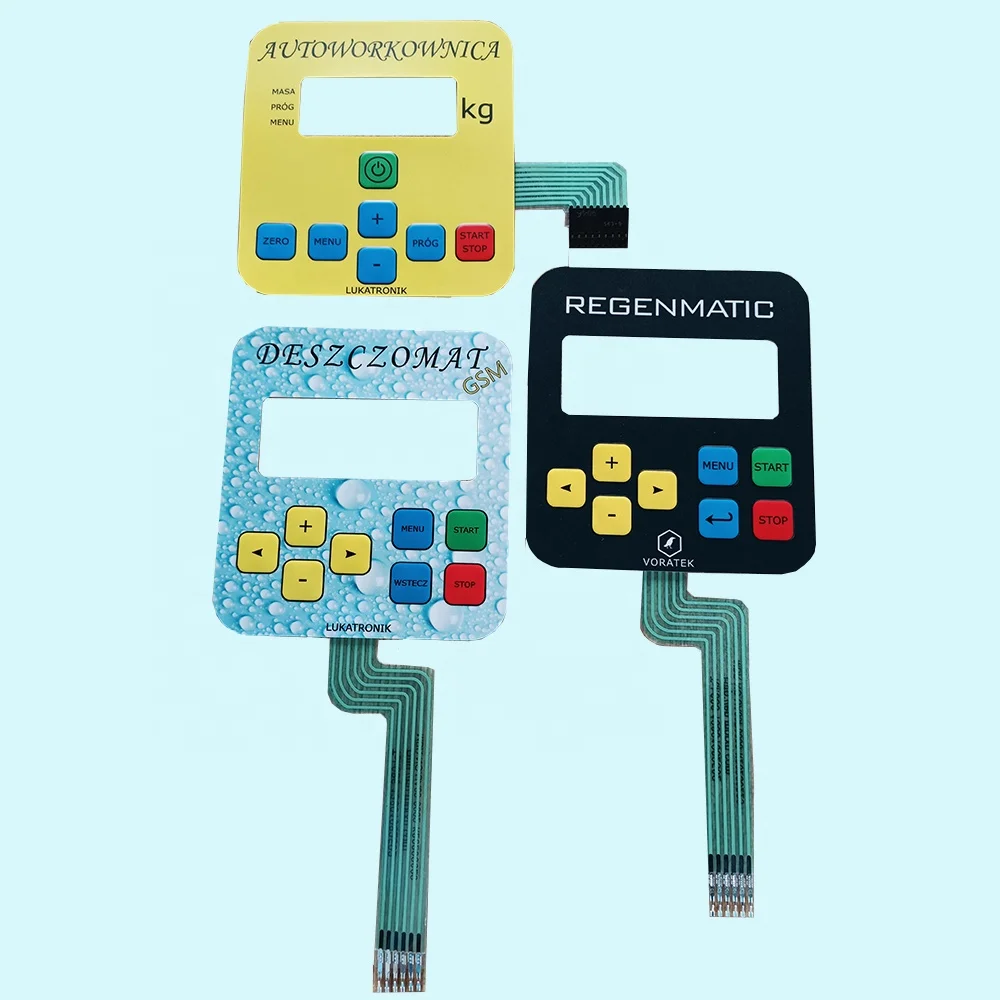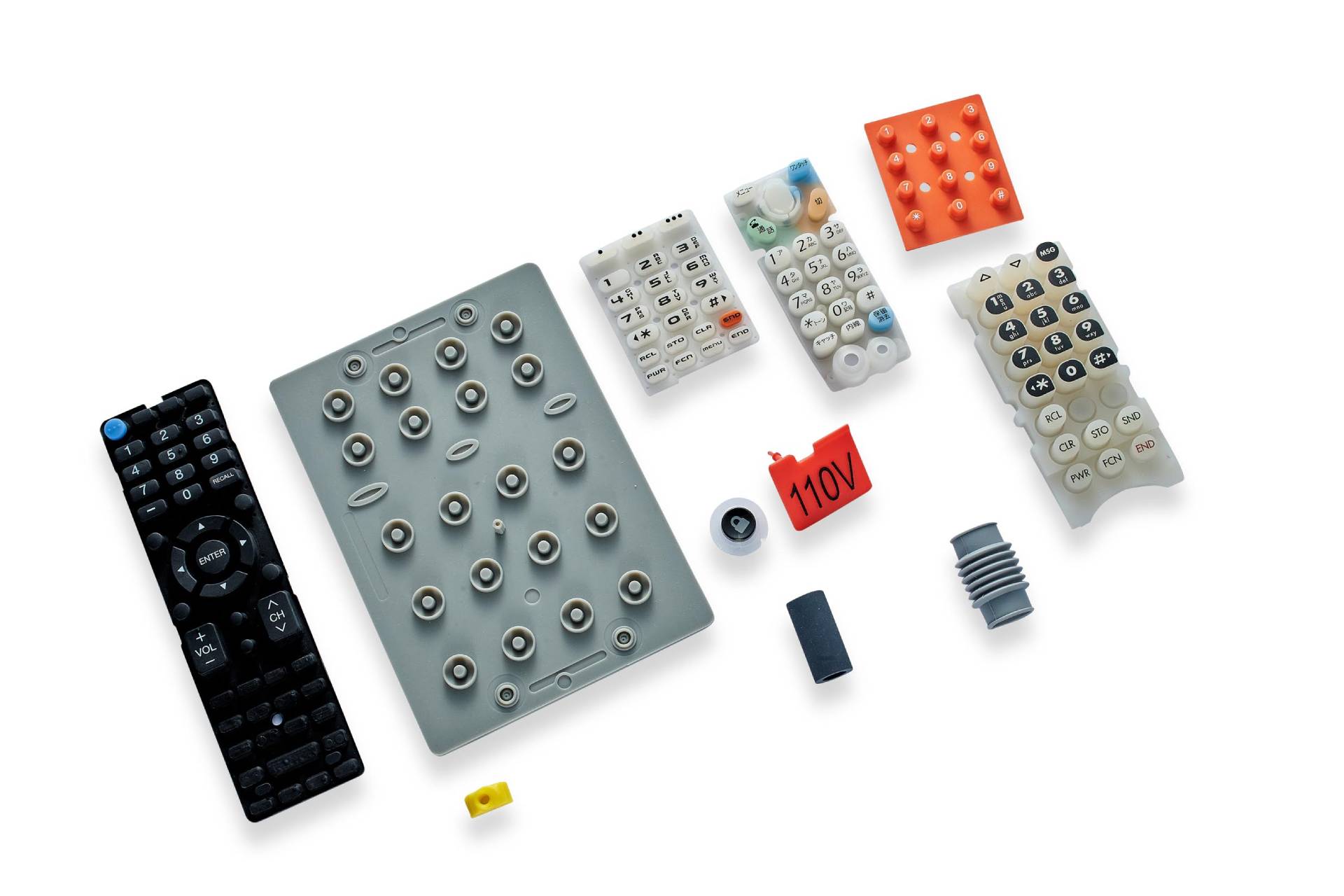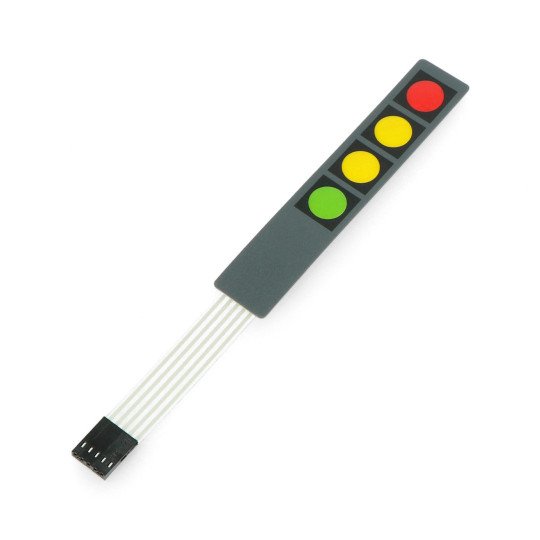Well-Established Membrane Switch Manufacturer with Quality Accreditation
Comprehending the Significance of Membrane Switch in Modern Electronics and Their Applications
Membrane changes work as a necessary part in contemporary electronic devices, using an effective interface for individual interaction. Their lightweight and adjustable nature makes them appropriate for a range of applications across varied sectors. Understanding their essential parts and advantages can give understandings into their expanding relevance. As technology proceeds to breakthrough, the evolution of Membrane switches over questions about their future applications and design advancements. What lies in advance in this vibrant area?

What Are Membrane Buttons?
Membrane buttons are important elements in modern electronic devices, functioning as user interfaces that assist in interaction between devices and users. These switches include numerous layers, consisting of a visuals overlay, a sticky layer, and a circuit layer, every one of which interact to develop a useful and long lasting interface. The design permits a level, inconspicuous solution that can be tailored relating to dimension, form, and aesthetic appearance, making them appropriate for numerous applications, from customer electronics to clinical gadgets. The responsive comments supplied by Membrane changes improves user experience, while their resistance to dust and moisture makes them ideal for testing atmospheres. Membrane switches can incorporate attributes such as backlighting and printed graphics, even more expanding their functionality. Their convenience and toughness make them a favored choice in industries where reliability and ease of use are vital, inevitably adding to the smooth procedure of modern digital gadgets.
Trick Parts of Membrane Switches
While numerous components add to the capability of a membrane button, three main layers play substantial duties in its layout and operation. The top layer, usually made from a resilient polymer, works as the user interface for customer interaction, typically including printed graphics and symbols. Beneath this is the spacer layer, which preserves the essential range between the leading layer and the circuit layer. This spacer layer assurances that the button triggers only when pushed, stopping unintentional inputs. Ultimately, the circuit layer includes conductive traces that finish the electric circuit when the top layer is depressed. These traces can be made from different products, consisting of copper or silver. With each other, these parts create a reliable and durable gadget that is portable and versatile, suitable for a large range of electronic applications, from household devices to clinical tools. Understanding these vital components is essential for appreciating the overall capability of Membrane buttons.
Advantages of Using Membrane Switches

Membrane Switch Manufacturing Process
Recognizing the Membrane switch manufacturing procedure exposes the complex steps associated with creating these important elements. The procedure typically begins with the design stage, where formats and specifications are created utilizing specialized software application. Following this, the graphic overlay is printed on an adaptable substratum, usually using high-resolution printing methods to assure clearness and precision.Next, the glue layers are applied, which offer to bond the different elements together. The circuit layers, made from conductive inks or materials, are after that printed onto a different substrate. These layers are very carefully lined up and laminated flooring to produce a practical switch.After setting up, the buttons undertake examining to verify functionality and longevity. Quality control procedures are applied throughout the process to identify and remedy any kind of problems. The finished Membrane switches are packaged and prepared for circulation, prepared to fulfill the demands of modern-day electronic applications.
Applications of Membrane Changes in Numerous Industries
Membrane switches are significantly used across numerous industries, especially in clinical devices and consumer electronic devices. In the clinical field, they supply trusted control user interfaces for devices that require specific operation. In consumer electronics, these buttons boost customer communication by using smooth and responsive user interfaces.
Medical Tools Control
Countless modern-day clinical devices make use of Membrane buttons for structured procedure and enhanced customer communication. These switches give a reputable, resilient interface for a range of applications, including analysis tools, patient surveillance systems, and medical instruments. Their personalized layouts enable specific designs that can suit the unique needs of medical care experts, making sure intuitive navigation and effective accessibility to essential features. In addition, Membrane buttons are resistant to impurities, making them suitable for sterilized settings. The responsive responses they use can boost user confidence, lowering the danger of errors during crucial clinical treatments. In general, the combination of Membrane switches in clinical equipment considerably contributes to enhanced functional effectiveness and individual safety in medical care settings.
Customer Electronic Devices Interfaces
In the domain of customer electronics, Membrane buttons play a critical function in improving individual interfaces throughout a vast array of gadgets. These switches are important to products such as push-button controls, microwaves, and pc gaming consoles, providing a efficient and easy to use interface. Their design enables a smooth assimilation of graphics and functionality, allowing suppliers to create streamlined, modern looks without compromising functionality. Membrane buttons my response are likewise recognized for their resilience, typically withstanding substantial usage and exposure to various ecological problems. Furthermore, they can include functions like backlighting and responsive feedback, more enhancing the user experience. As customer needs for sophisticated yet user-friendly interfaces grow, Membrane switches remain to be an important part beforehand digital gadget functionality.
Layout Considerations for Membrane Changes
Creating reliable Membrane switches over needs mindful interest to numerous elements that influence both capability and customer experience. One vital factor to consider is the choice of products, as they can impact longevity, responsive comments, and visual charm. Choosing a suitable adhesive is important for ensuring long-lasting adhesion and resistance to environmental factors.In addition, the layout and style of the switch need to fit individual interaction, with switch dimensions and spacing optimized for simplicity of usage. The unification of graphics and labeling need to prioritize clarity and visibility under numerous lights conditions.Consideration of electrical features, such as actuation pressure and button sensitivity, will improve the responsiveness of the Membrane switch. Moreover, the layout must fit making procedures to ensure cost-effectiveness and timely production. Generally, a well-balanced layout improves both the capability and the individual experience of Membrane buttons in modern-day electronics.

Future Fads in Membrane Switch Innovation
As technology remains to develop, Membrane buttons are positioned to incorporate brand-new developments that will certainly improve their performance and application in numerous areas. One significant trend is the incorporation of flexible and durable materials, which will boost the life expectancy and reliability of these buttons. Improved surface area structures and customizable graphics are likewise expected, permitting even more instinctive individual interfaces.Moreover, the integration of smart modern technology, such as touch-sensitive surface areas and haptic comments, is expected to boost customer communication, making Membrane changes extra appealing and receptive. In addition, breakthroughs in published electronics will certainly allow much more complicated wiring within thinner profiles, better expanding design possibilities.Sustainability will certainly additionally play a crucial duty in future growths, as producers check out green materials and manufacturing procedures. In general, these fads will guarantee that Membrane switches over stay crucial and pertinent in a progressively digital and interconnected globe.
Often Asked Inquiries
Exactly How Do Membrane Switches Over Compare to Traditional Mechanical Switches?
Membrane switches deal advantages over typical mechanical switches, consisting of decreased dimension, lighter weight, and boosted toughness. They generally supply a sealed surface, improving resistance to dust and dampness, making them ideal for varied applications.
What Materials Are Commonly Made Use Of in Membrane Switch Construction?

Can Membrane Switches Over Withstand Extreme Environmental Issues?
Membrane buttons can hold up against severe environmental conditions, depending on their style and products. Premium buildings commonly include toughness versus temperature level changes, moisture, and direct exposure to chemicals, making them ideal for different requiring applications across sectors.
Exactly How Long Do Membrane Changes Typically Last Prior To Failing?
Membrane switches over usually display a life expectancy go to these guys ranging from 1 to 10 million actuations, relying on aspects such as usage regularity, ecological conditions, and producing top quality. Routine upkeep can extend their longevity and operational reliability useful site considerably.
Are Membrane Changes Personalized for Specific Applications?
Membrane buttons are certainly customizable for certain applications. They can be customized in layout, functionality, and size, enabling producers to satisfy distinct user needs and improve item visual appeals while maintaining operational performance and toughness. Membrane switches are crucial components in contemporary electronic devices, serving as customer interfaces that assist in communication in between gadgets and individuals. The tactile responses given by Membrane changes enhances individual experience, while their resistance to dirt and wetness makes them optimal for challenging environments. The unification of graphics and labeling should prioritize clarity and exposure under numerous lighting conditions.Consideration of electric characteristics, such as actuation pressure and button sensitivity, will certainly enhance the responsiveness of the Membrane switch. Enhanced surface area appearances and adjustable graphics are likewise expected, enabling for even more user-friendly user interfaces.Moreover, the integration of wise modern technology, such as touch-sensitive surfaces and haptic comments, is expected to enhance individual communication, making Membrane switches over more responsive and appealing. Membrane switches over deal benefits over conventional mechanical switches, including decreased size, lighter weight, and enhanced longevity.